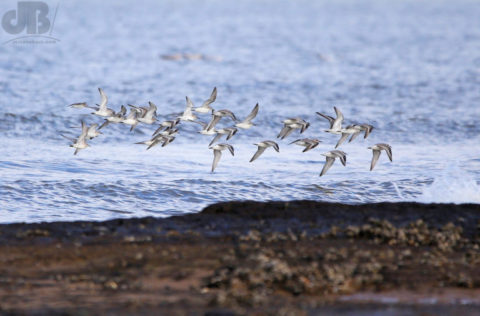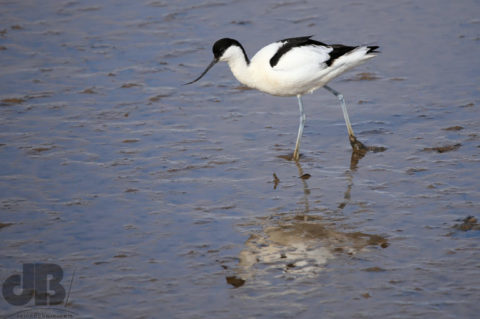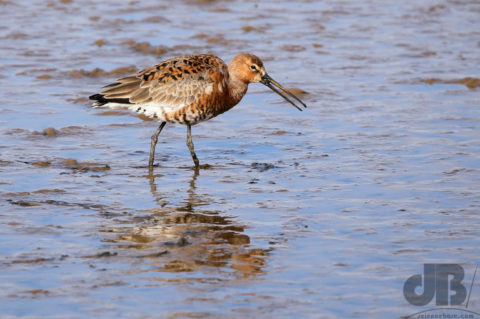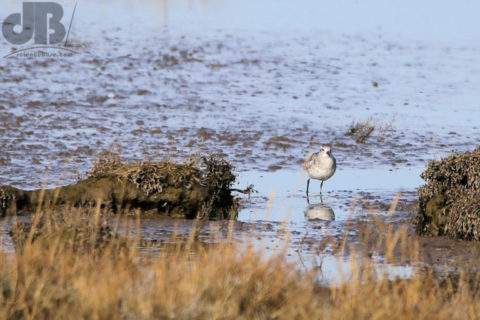We don’t lack nature reserves here in East Anglia. Many of the inland ones I’ve mentioned over the last year or so are ex-gravel quarries and the like, managed fens, river flood plains and such. For instance, RSPB Ouse Fen, NT Wicken Fen, WWT Welney, etc. There are also several coastal reserves that we visit from time to time.

Most frequent of those is RSPB Titchwell Marsh. We stopped overnight in the village, so could spend an afternoon and then the next morning on an extended visit. There is almost always at least one species we’ve not had showing well before, or if we had seen it was a BVD, or we hadn’t got a positive ID. (See here for birder terminology).


The list for this most recent visit included the following in no particular order, but with those in bold being first positive IDs for myself and Mrs Sciencebase: courting Marsh Harrier, Grey Plover, Brambling, Cetti’s Warbler (heard but not seen), Chiffchaff, Mediterranean Gull, Hen Harrier (fighting a Marsh), Dunlin, Red-crested Pochard, Linnet, Meadow Pipit, Reed Bunting, Teal, Wigeon, Oystercatcher, Redshank, Curlew, Avocet, Shag, Scoter (the last two far out to see but visible with bins and zoom), Turnstone and Black-tailed Godwit (both of those moulting winter plumage), Bearded Reedling (aka Bearded Tit), Water Rail (seen but not photographed), Brent Goose, Little Ringed Plover, Shoveller Duck, Shelduck, Avocet, Knot, Lapwing.

There were also numbers of more familiar “garden” birds, waterfowl, seabirds, and a non-native: Starling, Robin, Chaffinch, Dunnock, Pied Wagtail, Greenfinch, Great Tit, Blue Tit, Woodpigeon, Wren, Black-headed Gull, Herring Gull, Mallard, Coot, Moorhen, Greylag Goose, Pheasant.
